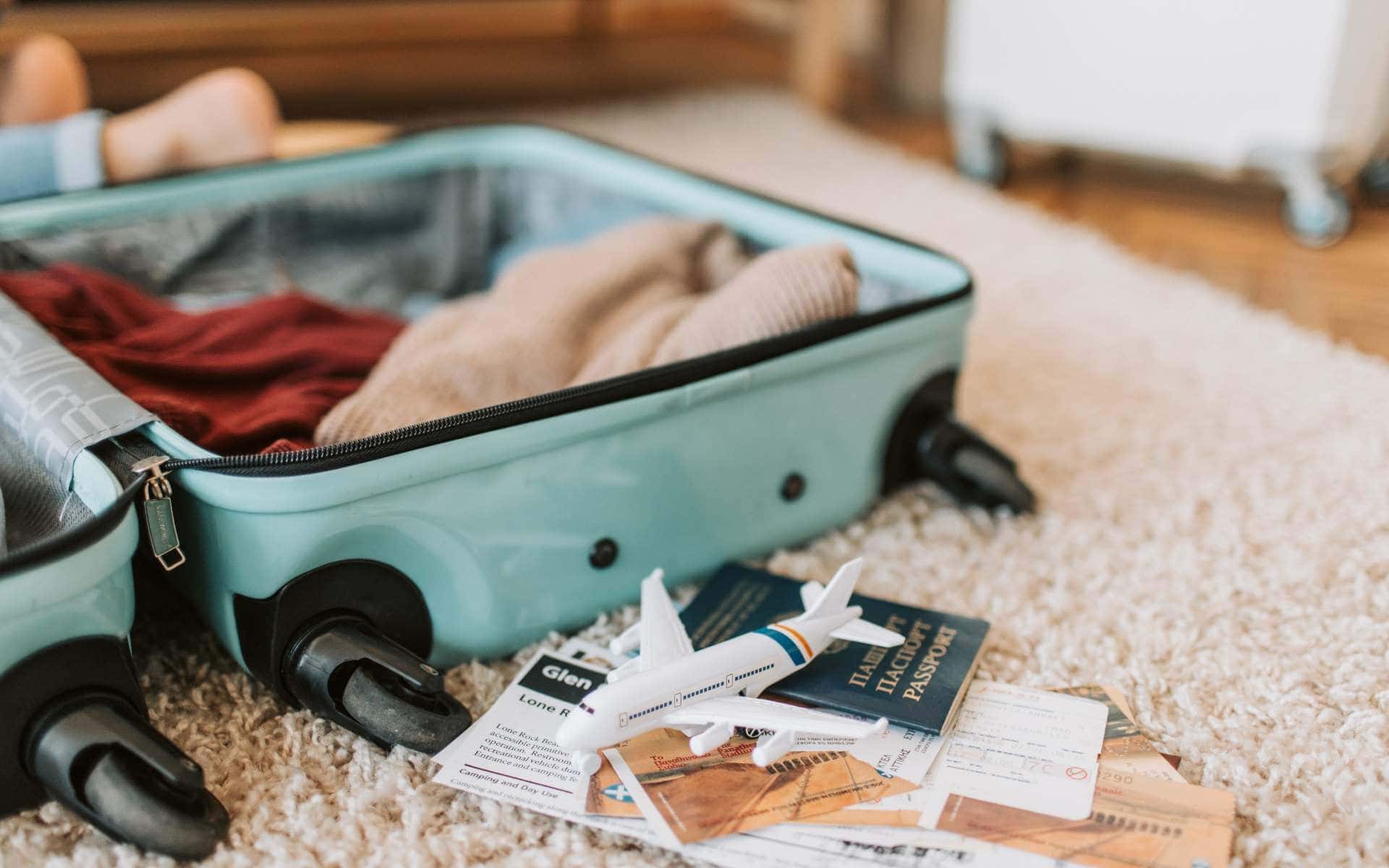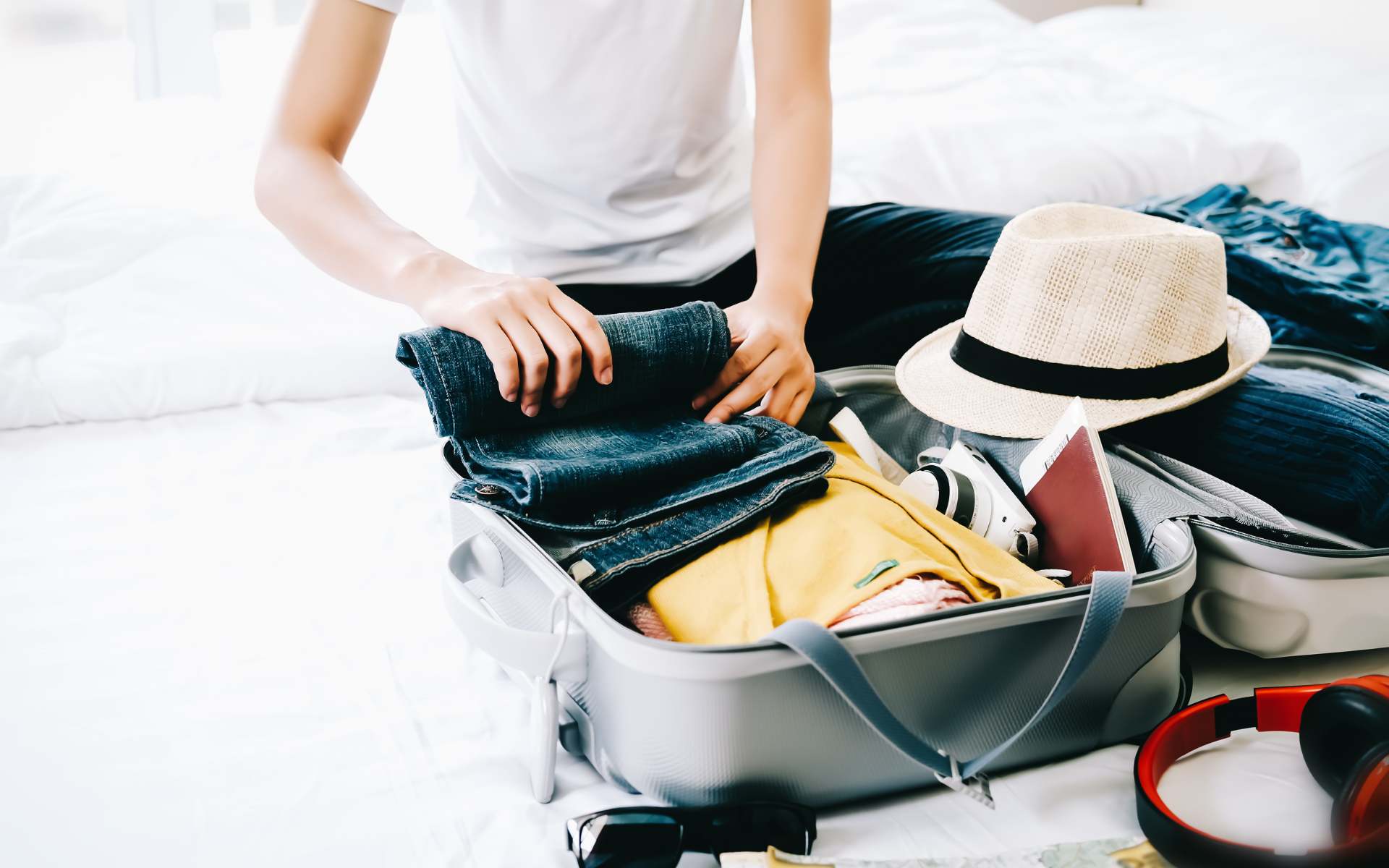Whether you’re setting off on a South African safari at one of the country’s premier wildlife destinations or soaking up the sun on its stunning beaches, packing smart is one of the keys to a stress-free, enjoyable trip. To help you prepare, we’ve compiled a detailed list of essentials, covering everything from what to wear on safari in South Africa to what to bring for a relaxing coastal getaway.
What to Pack for a South African Safari

To make the most of your game drives and walking safaris in South Africa, it’s important to pack strategically. Many of our recommended safari lodges offer convenient laundry services, allowing you to pack lighter than you might think.
Important to Note: Luggage allowances on smaller aircraft (used to get to many safari destinations and remote lodges) can be quite strict.
Here’s your essential safari packing list:
Clothing:
- Long-sleeved shirts and trousers: Essential for game drives, especially at dawn and dusk, offering protection from insects and the sun.
- T-shirts and shorts: Perfect for warmer days around the lodge.
- A warm jacket: Evenings can get chilly, particularly during the dry winter months (roughly May to September).
- Gloves and a scarf (winter travel): Those early morning game drives can be surprisingly cold!
- Lightweight, packable rain jacket: While most safari vehicles carry rain ponchos, having your own space-saving option is handy.
- Neutral colours: Opt for khaki, olive green, brown, and grey. Avoid bright colours and white, which can startle wildlife.
- Something snazzy for lodge dinners: While not necessary, you might enjoy having something a bit dressier for dinner at the lodge.
- Comfortable underwear and moisture-wicking socks.
- Sleepwear.
Footwear:
- Closed shoes: Sturdy and comfortable for walking safaris, offering protection from thorns and uneven terrain.
- Sandals or flip-flops: Ideal for relaxing around the lodge or camp.
Other Essentials and Considerations:

- Insect repellent for protection against mosquitoes and other biting insects.
- High-factor sunscreen to protect your skin.
- A wide-brimmed hat to shield your face, ears, and the back of your neck from the sun.
- Sunglasses for eye protection.
- Personal toiletries, including any necessary medications.
- A small personal first-aid kit with basics like plasters and antiseptic wipes is always a good idea.
- Camera and extra memory cards so you can capture every incredible moment.
- Waterproof and dust-proof bags or covers to protect your electronic equipment.
- Binoculars – a good pair will significantly enhance your wildlife viewing experience.
- Small daypack for carrying essentials during game drives and walks.
- International plug adapter – in South Africa, the primary types of electrical outlets used are Type M, Type D, and Type C.
- Power bank to keep your devices charged during long game drives or in remote areas.
- Copies of important documents, including your passport, visa (if required), flight tickets, and travel insurance details.
- Guidebooks or wildlife apps: Enhance your experience with guidebooks or apps for wildlife identification. They can help you learn more about the animals and plants you encounter, making your trip even more enjoyable.
- Hand sanitiser.
South African Beach Holiday Essentials
If your South African adventure includes time on its beautiful coastline, here’s what you should pack for those sun-drenched days:
- High-factor sunscreen: Absolutely crucial to protect your skin from the strong South African sun.
- Lip balm with SPF: Don’t forget to protect your lips!
- Wide-brimmed hat: Essential for shielding your face, ears, and neck.
- Sunglasses: To protect your eyes from the glare.
- Open-toe sandals or flip-flops: The perfect footwear for exploring beaches and coastal towns.
- Bathing suit(s): Pack at least two so one can dry while you wear the other.
- Sarong or light cover-up: Versatile for the beach, poolside, or a casual stroll.
- Lightweight and comfortable clothing: Think cotton dresses, shorts, and t-shirts.
- Reusable water bottle to stay hydrated.
By choosing the right essentials and packing thoughtfully for the climate, you’ll be ready for your safari adventure. Whether you’re travelling in the hot summer or cooler winter, being mindful of the weather will keep you comfortable. Travel light, be prepared, and enjoy the experience!